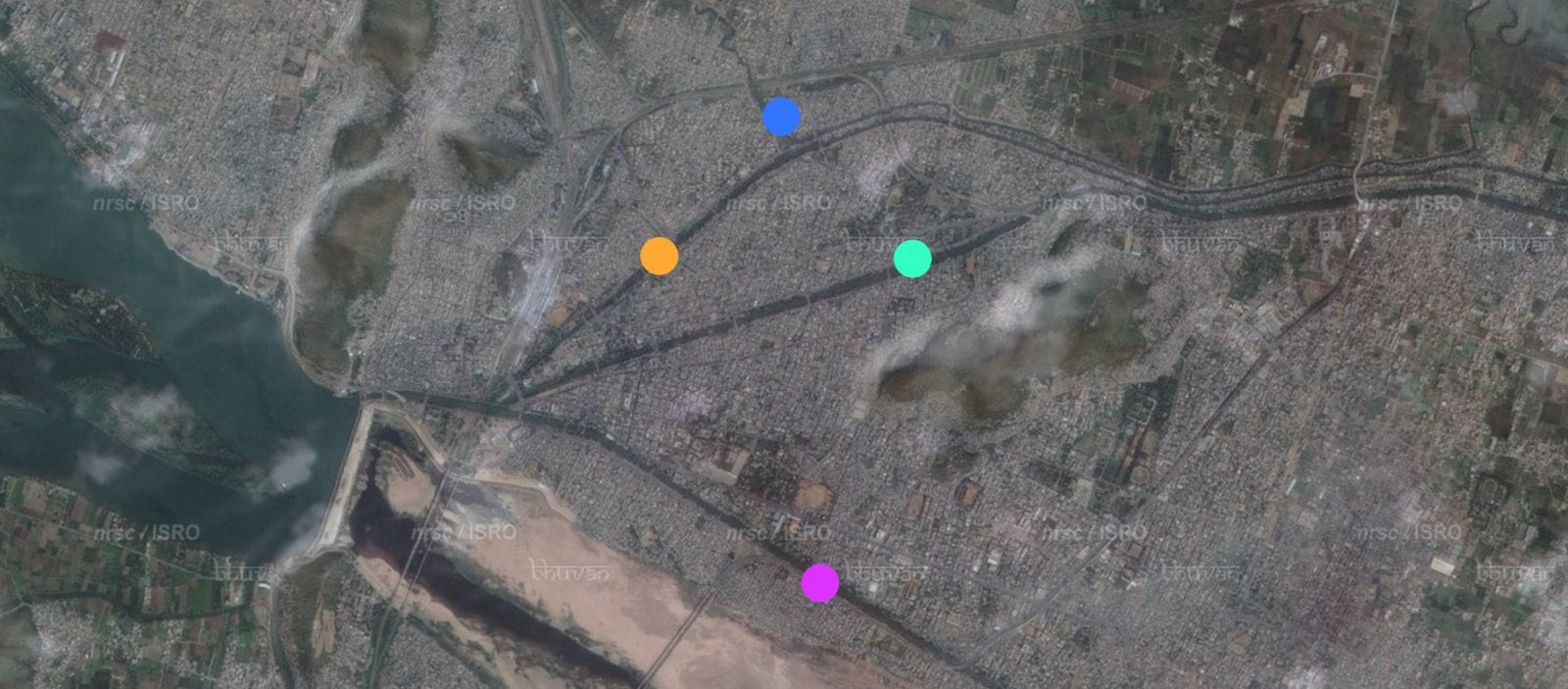The Rise and Fall of Cities: Can Vijayawada Reclaim Its Future?

Imagine walking through Vijayawada’s crowded streets, past stinking canals and dying trees. This is our city—but it doesn’t have to stay this way. The canals that once made Vijayawada thrive are now choked with trash and encroachments. Overcrowding has killed our greenery, turned our city into a heat trap, and polluted our water. History shows us what happens when cities don’t adapt—let’s not let Vijayawada be next.
The study of the growth and decline of cities has always been fascinating. It reveals the political, cultural, and economic histories of nations. Across history, numerous cities— Ayodhya, Amaravati Dharanikota, Masulipatnam, Takshasila, Nalanda, Harappa, Mohenjodaro, Bijapur, and Vijayanagaram —have grown, flourished, and subsequently disappeared. Yet, despite the wealth of lessons available, detailed historical analyses of their rise and fall remain surprisingly rare. This poses an important question: What should cities and their communities do to ensure they do not vanish?
Bezawada exemplifies this narrative vividly. From the 1730s and until the 1840s, Bezawada was a small habitat ruled by descendants of Kadavakolanu Tirupati Rao. While Kadavakolanu rule ceased without an issue in few generations, their relatives took the reins and the permanent settlement of 1802 was concluded with Raja Kurineni Venkata Narasimha Rao and his descendants ruled for few decades until the turning point came when, in 1846, the British purchased the Bezawada Zamindari for a nominal sum of just 3,000 rupees, following financial defaults by the local zamindar. Notably, neighbouring zamindaris like Nuzividu, Mylavaram were thriving, despite frequent famines.
Driven by colonial interests primarily aimed at revenue generation, the British administration prioritized and approved the construction of the Bezvada Anicut (current Prakasam Barrage), a project that had been long pending. With fewer than 5,000 inhabitants during the 1840s, the town grew multifold and attained a Municipality status in 1888. Thanks to extensive canal system of the city that were dug during early 1850’s and the assured water from checkdam anicut.
Curiously, even more promising sites such as Kondapalli and Ibrahimpatnam were overlooked in favor of Bezawada. This strategic decision altered historical trajectories significantly. As Bezawada grew into Vijayawada, thriving on the assured water supply, historic centers like Kondapalli and Masulipatnam slowly declined.
Today, Vijayawada stands as one of the world's most densely populated cities. But how did the city achieve this extraordinary growth, and at what environmental and ecological cost? High population density has implications far beyond crowding—it directly affects ecological stability, urban greenery, the formation of urban heat islands, and the health of water bodies. The land parcel planning potential between Ellore canal and Rivas canal is no less than New York's Manhattan but over decades, our streets were stinking and unlivable.


To change for the better, revitalizing Vijayawada’s canal system is imperative. These canals, once the lifelines of the city, have fallen into disrepair due to encroachments, neglect and pollute. Removing these encroachments through Public-Private-People Partnerships (PPPP) can transform our urban environment dramatically. Under this model, citizens and private entities could invest in rehabilitation efforts, earning long-term returns through rents from small commercial spaces built along the rejuvenated canal banks. This would not only restore the canals but also promote greenery and public spaces, enhancing urban livability.
Moreover, the central government has announced an Urban Challenge Fund starting from the financial year 2025-26. Vijayawada must strategically position itself to secure these funds. By harnessing this opportunity, our city could initiate significant infrastructural transformations, creating lasting ecological and economic benefits. Together, proactive governance, engaged communities, and innovative partnerships can ensure that Vijayawada thrives sustainably, preserving its historical legacy while shaping a resilient future.
Vijayawada isn’t just a city—it’s our home. Let’s fight for it before it’s too late.
